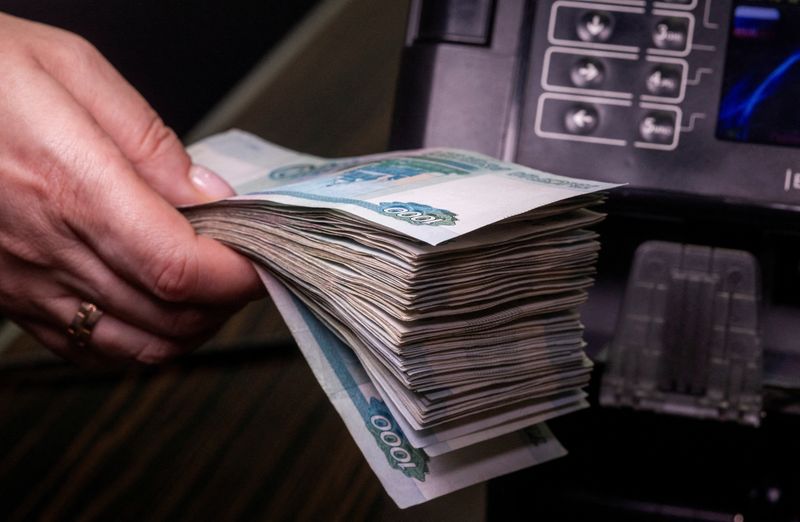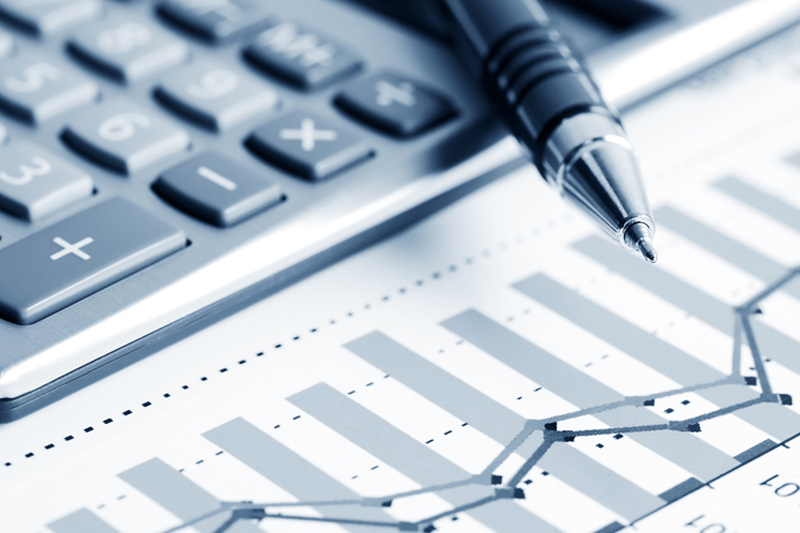By Gleb Bryanski
MOSCOW (Reuters) – With Donald Trump vowing to quickly end the war between Ukraine and Russia, market players are starting to look at what impact that could have on the ruble, which became a pariah after sanctions.
HOW IS THE RUBLE DOING IN RECENT MONTHS?
The ruble started the year falling to its weakest point since March 2022, but has since appreciated by around 10% to become the best-performing emerging market currency in 2025.
Despite US energy sanctions imposed on January 10, the currency is on track for its best month since emergency rate hikes, capital controls and other measures supported the currency in the wake of the February 2022 invasion of Ukraine.
In 2024, oil prices began to strengthen in mid-April as military advances marked a turn in Russia’s favor and despite a decline in oil prices, Russia’s top export.
Ukraine’s invasion of Russia’s Kursk region put an end to this. Losses increased in November when Washington imposed sanctions on Gazprombank, which handles payments for energy exports and served as the main conduit for foreign currency receipts.
WHAT IMPACT COULD ANY TRUMP-PUTIN TALK HAVE?
Some analysts expect that some Western sanctions on Moscow could be partially lifted if Trump were to hold direct talks with Russian President Vladimir Putin — though even Trump’s advisers have acknowledged that an immediate resolution to the war is unlikely.
Some expect a rally in the ruble, driven by payments for Russian exports and resumption of some foreign investments amid potential gradual reintegration into the global system.
Others point to huge deferred demand for imports from sectors such as aviation and power generation, where existing spare parts needs amount to tens of billions of dollars, which could send the ruble into freefall.
However, sanctions are likely to remain largely in place until a lasting solution to the war is found, which could take years.
WHAT IS THE VALUE OF THE ROUBEL?
The ruble has been driven by battlefield developments and sanctions rather than macroeconomic fundamentals, making it challenging to calculate its real value.
Estimates are becoming increasingly scarce. Many international analysts have stopped publishing ruble research and calculations.
The Moscow Stock Exchange (MOEX), Russia’s main FX trading platform, and Russian banks have developed data products for the domestic market. Some non-Russian banks continue to provide ruble data to international data services.
The central bank said in a Jan. 17 report that the real effective exchange rate, a measure used to approximate the “fair value” of a currency, is 9% below the 10-year median.
Russian business leaders, including Sberbank CEO German Gref and Bank VTB CEO Andrei Kostin, have said a level just above 100 per dollar is comfortable for the economy.
DOES THE RUBLE BEHAVE LIKE OTHER EMERGING CURRENCIES?
The ruble’s movements have been much more unpredictable since spring 2022. Due to market panic at the beginning of the war, the currency fell to 150 per dollar. Russia tried to stem the outflow of currency, banning asset sales by foreign companies and imposing requirements on exporters.
As imports shrank due to Western sanctions, creating a currency surplus, the ruble strengthened sharply to around 50 per dollar in June 2022. It last traded around 101.5 per dollar.
HOW DOES THE RUSSIA FOREX MARKET WORK UNDER SANCTIONS?
Trading in dollars and euros moved to over-the-counter markets between banks after the US approved MOEX in June 2024.
became the most traded currency on MOEX and the currency of choice for central bank interventions.
The central bank sets official exchange rates based on interbank trading data provided by lenders and – along with ruble/dollar futures trading on MOEX – provides the best indication of over-the-counter market rates, FX traders said.
Authorities say they will stick to a floating exchange rate policy.
WHAT CAN BANKS AND COMPANIES STILL DO IN THE RUSSIA FX MARKET?

Just under half of Russia’s 316 banks are not subject to sanctions and can buy and sell dollars and euros. Subsidiaries of several major Western banks such as the Italian UniCredit, the Hungarian OTP and the Austrian Raiffeisen Bank International are also active there.
Domestic demand for dollars and euros comes from importing companies, as 15% of imports still come from Europe, but the share of dollars and euros in foreign trade is declining.


